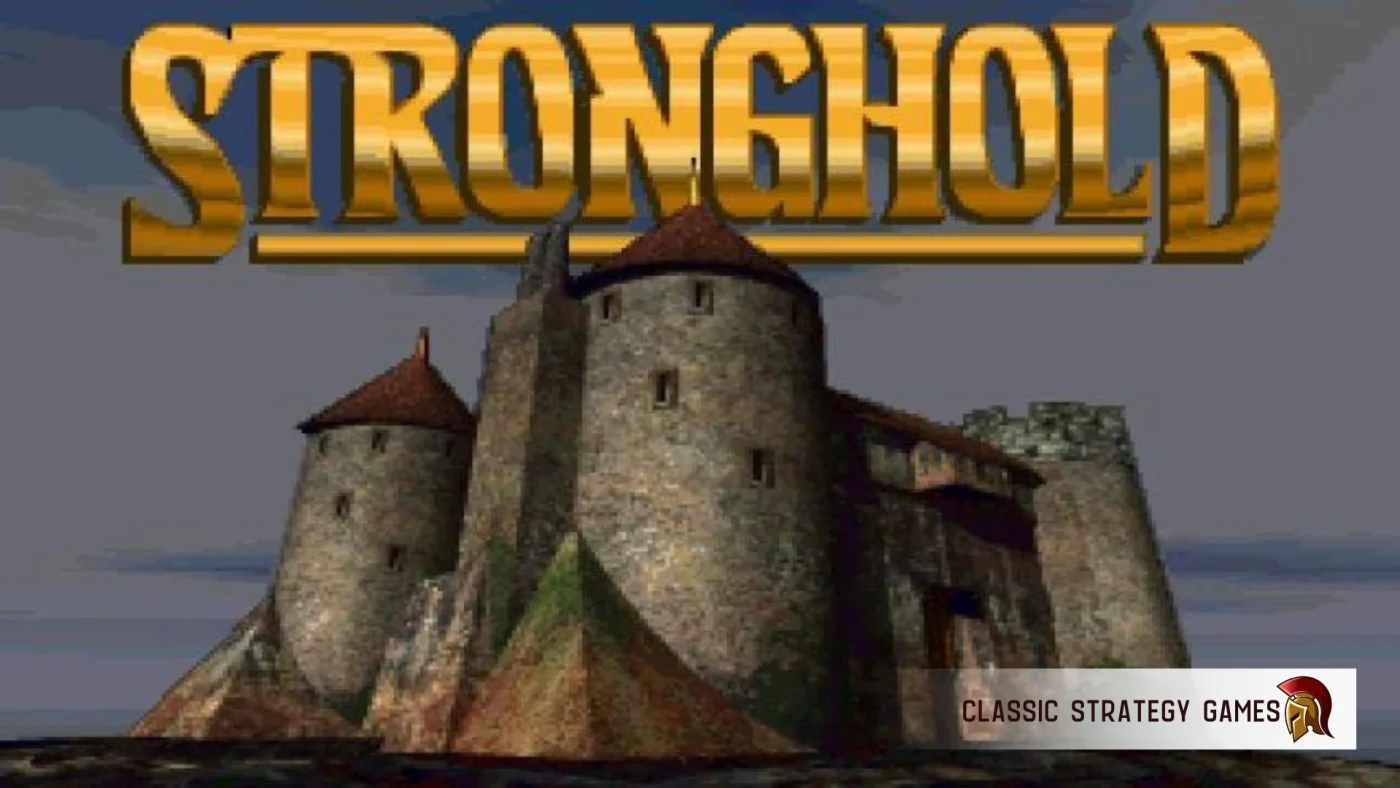In 1993, Stronghold was released by Stormfront Studios, offering a unique mix of city-building and real-time strategy within a medieval setting. Unlike the more widely known Stronghold game series developed by Firefly Studios nearly a decade later, this original Stronghold was a lesser-known entry in the strategy genre, blending resource management, kingdom-building, and a turn-based tactical layer. It tasked players with building, defending, and expanding a fortified kingdom, all while managing the needs of their citizens and navigating a dangerous medieval world.
Balancing City Building and Combat
The core gameplay of Stronghold revolved around balancing city-building with defence against invaders. Players began with a small settlement and a limited number of resources, which they needed to expand into a fortified kingdom. Managing resources like food, timber, and stone was essential to building up the settlement’s infrastructure. As with many strategy games of the era, resource gathering was central, but Stronghold added an extra layer of challenge by requiring players to manage both the economy and the defensive structures simultaneously.
In addition to building up the town, players needed to construct defensive fortifications, place guard towers, and maintain a garrison to protect their settlement. Unlike later games that bore the Stronghold name, combat here wasn’t heavily detailed, but it played an essential role in survival. Players had to think strategically about where to place defences and how to allocate limited resources between construction, defence, and economic growth. The interplay between these elements was critical, requiring players to balance a thriving economy with the need for a robust defence system.
Turn-Based Tactical Layer
One of the unique features of Stronghold was its turn-based tactical system for combat encounters. When battles occurred, the game shifted from real-time resource management to a turn-based format, where players could plan each unit’s movements and attacks. This allowed for a more thoughtful approach to combat, giving players time to strategize and think through their actions. Instead of relying purely on reaction speed, battles demanded tactical thinking, rewarding players who understood unit positioning and timing.
This turn-based combat layer distinguished Stronghold from other real-time strategy games of the time, providing a hybrid experience that required players to master both high-level resource management and detailed tactical engagements. The tactical battles added depth to the overall experience, as each encounter became a strategic puzzle in itself, with success depending on careful planning and unit management.
Managing Citizen Needs and Morale
Stronghold introduced a social management aspect that was forward-thinking for the time. Players had to provide for their citizens by ensuring a steady supply of food, shelter, and security. A well-fed and protected population was more productive and loyal, while neglecting these needs could lead to unrest or reduced productivity. This mechanic forced players to consider the needs of their citizens rather than focusing solely on building and combat, adding an extra layer of complexity.
Keeping citizens happy wasn’t just a side activity — it was crucial to maintaining a stable and productive kingdom. The morale of the population affected everything from economic output to the resilience of soldiers in battle. This social management element gave players another dimension to consider in their planning, making the game more than just a conquest simulator.
Legacy of the 1993 Stronghold
Though not as well-known as later games in the Stronghold franchise, the 1993 Stronghold provided an early foundation for games that balanced city-building with tactical combat. Its unique combination of real-time and turn-based elements, along with its emphasis on resource management and social dynamics, influenced later strategy titles that explored similar themes. By requiring players to balance the needs of their citizens, manage resources effectively, and build strategic defences, Stronghold carved out a unique niche in the early days of the strategy genre.
While overshadowed by more famous entries in the Stronghold name, this 1993 title remains a noteworthy early attempt to blend city-building with tactical combat, paving the way for more intricate strategy games in the years to come. Its innovative mechanics and layered approach to kingdom management and defence continue to be appreciated by fans of classic strategy games who seek a balanced experience that values both planning and tactical skill.


